We all have high hopes, or should have. Unfortunately for new authors, it seems the ropes are just as high, if not higher, than the hopes. Let's see what John Scherber has to say:
HIGH HOPES
When I was in high school, the smell of artist’s oil paint always lured me like a siren’s song. I wasn’t an artist, but I needed to paint. In the studios of painter friends I’d watch in awe as they shoved paint around on their canvases. Paint doesn’t smell now the way it did then; its been cleaned up. Like the crazy studio life of that time, it’s been airbrushed.
When I wasn’t wishing I could paint, I was aching to be an archaeologist. I borrowed a book from the library called Lost Worlds. I re-borrowed it so many times I wore it out. My favorite photo in it was of the archaeologist Howard Carter peering through the first small opening into the tomb of Tutankhamun in 1922. It was persistence that got him there. Some would call it stubbornness.
Eighty-seven years after the photo was taken, I stood in that tomb myself. King Tut is still there, unwrapped and resting quietly. You can lean your head to within inches of his and talk to him, as I did.
Like those dreams of mine, high school dreams rarely hold up. Your best girlfriend is not the one you marry, or if you do, it may not last. If it does last, you sometimes wonder what you’ve missed. The college you chose doesn’t teach archaeology, or if it does, it’s a single course about Indian mounds in Illinois, not Egypt. Someone tells you that all the royal tombs there have been discovered already.
Find something else to do. Get a real job.
In college I became a writer for a while, doing short stories and film reviews. Like painting and archaeology, it was something I became passionate about. It almost seemed like a real job at times. Three years after graduation I ran off the rails with it and was unable to write again for decades.
High hopes or pipe dreams? You stumble and you get up again.
Howard Carter and his persistence may have something to tell us. He started out as an illustrator in the early years of the twentieth century.
Eventually I took up art again, much later, and became a competent painter, although I didn’t quit my day job, my real job.
Then, on a painting trip to Taos, New Mexico, a fragment of a mystery story came uninvited into my head as I drove through the mountains. A young woman is coming to have her portrait painted, and she thinks it may be an occasion for a little more than that with the painter. The artist, whom I named Paul Zacher, finds her attractive as well, but in the studio, discipline prevails, otherwise for him it’s only chaos. A choice misunderstanding follows.
What I knew by the time I wrote this scene was that being a painter really does make you see things differently. Wouldn’t that also help if you were a detective? Because, on that very assumption, Paul Zacher is drafted into taking a look at a murder.
Yet, he’s more reluctant than flattered. At thirty-five, Paul is most comfortable staying with what he does best. But like the lure of the things he never did, that he walked away from, that he might have done better if he’d only stayed with them longer, he digs into this case. And then he digs some more.
If you’ve read this far, it’s probably no surprise that Zacher’s murder case involves some archaeological relics; Mayan ceramics. He also gets a bit of help from his historian girlfriend, and from a retired cop they know.
Some of you will be way ahead of me here, because I was a bit farther down the road before I realized I’d finally put it all together. All the high hopes and pipe dreams came back in a rush. I was the writer again, after thirty-seven years of silence, and I was the painter too, painting, through the steady hand of Paul Zacher, pictures that went far beyond what my modest skills could ever create. I was the crime-solving sleuth with the hot girlfriend, and I was young, and nothing was impossible. Writing this book was more fun than I’d ever had before, and a book that’s fun to write is fun to read.
I titled it Twenty Centavos, and it became the first of a series of ten mysteries starring Paul Zacher and his friends. They’re mostly set in San Miguel de Allende, Mexico, the classic colonial town in the mountains that plays host to 10,000 expatriates; the town where I live today.
A reader once asked me if Paul Zacher was based on me. I said, “No. I’m all of these characters, and I am none of them.”
John Scherber
www.sanmiguelallendebooks.com
Twitter @mextext
As always, if you like what this author has to say in their guest spot, please patronize them by clicking on their book on the sidebar. I make absolutely nothing off your purchase through this site. I'm just glad to have them stop by and hope you get some pleasure from meeting another author.


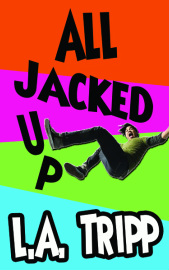



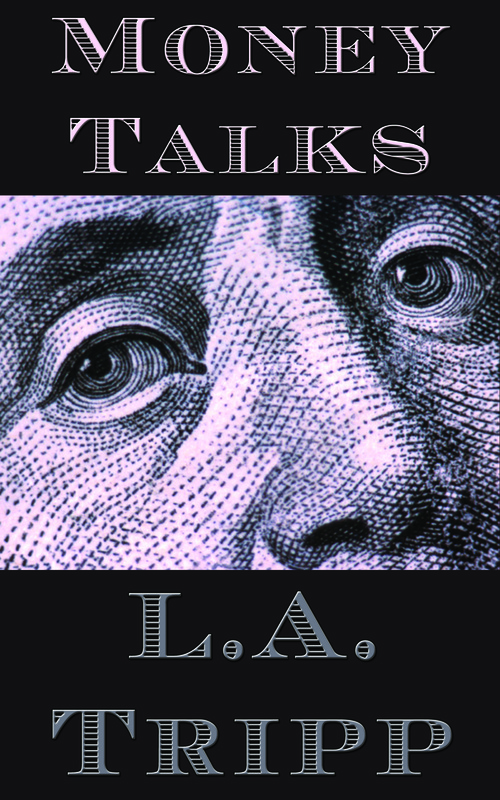

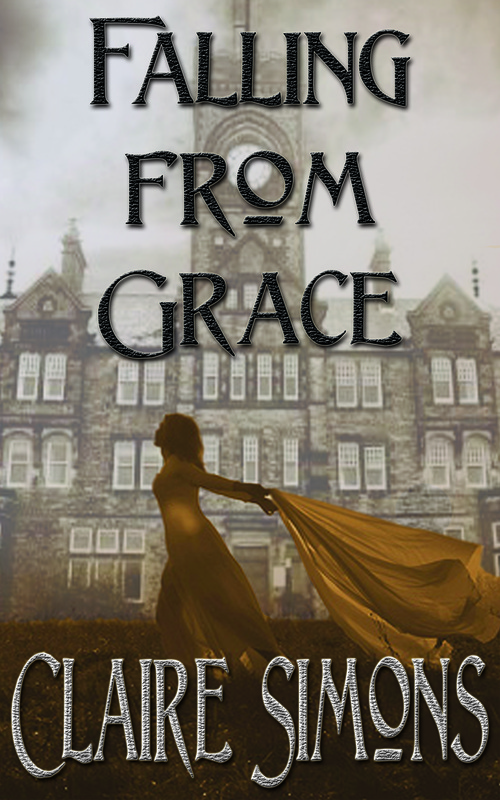


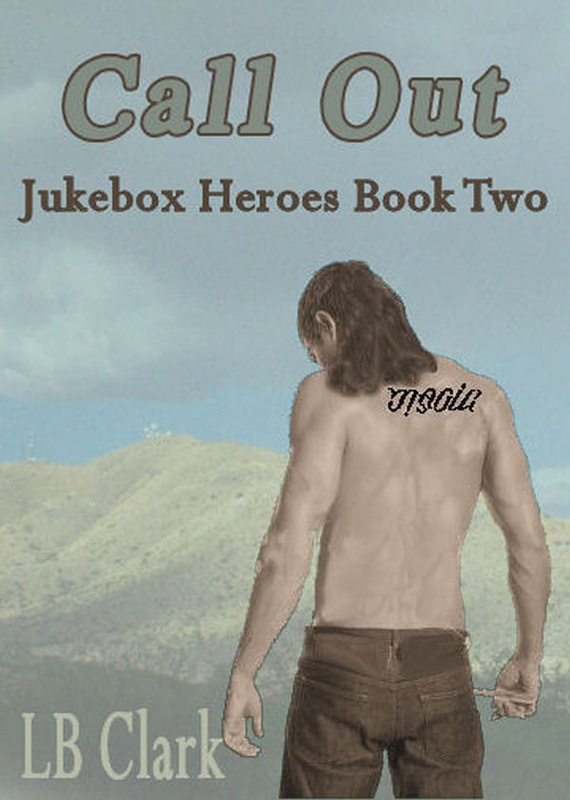
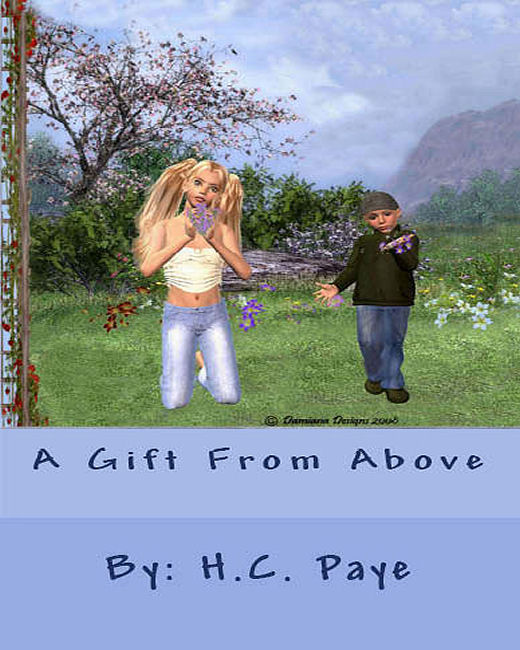
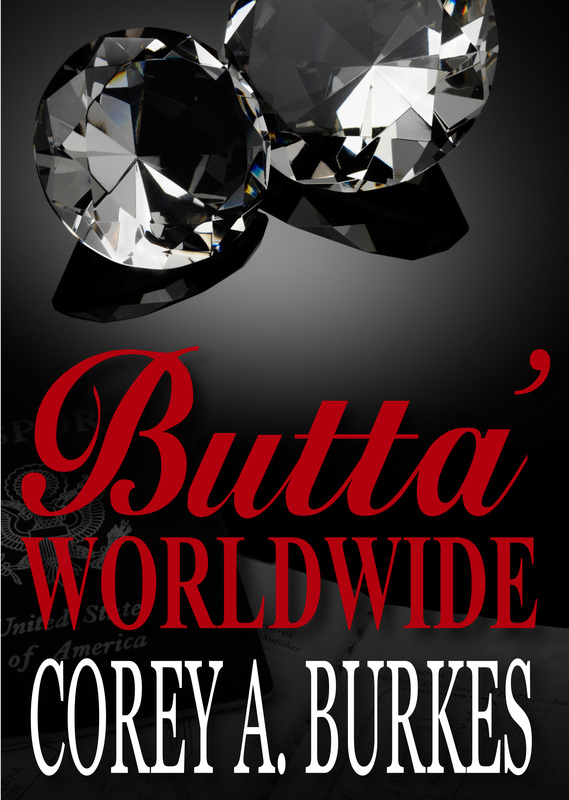
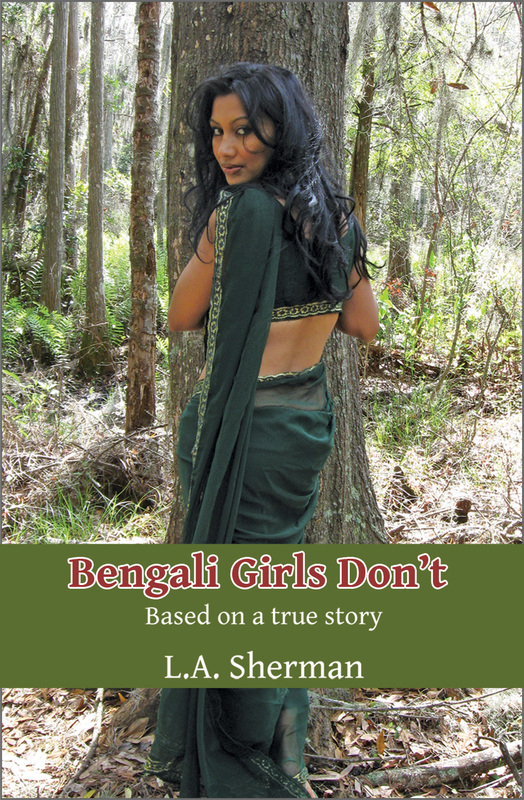

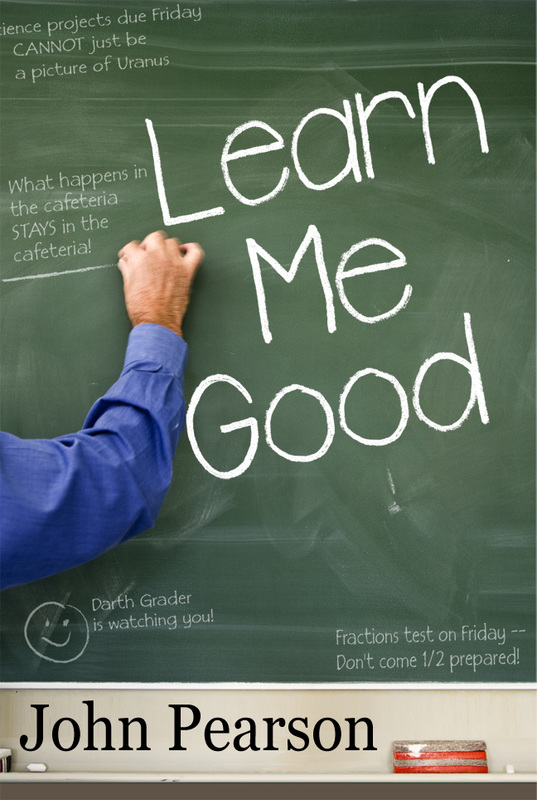
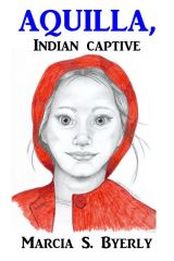

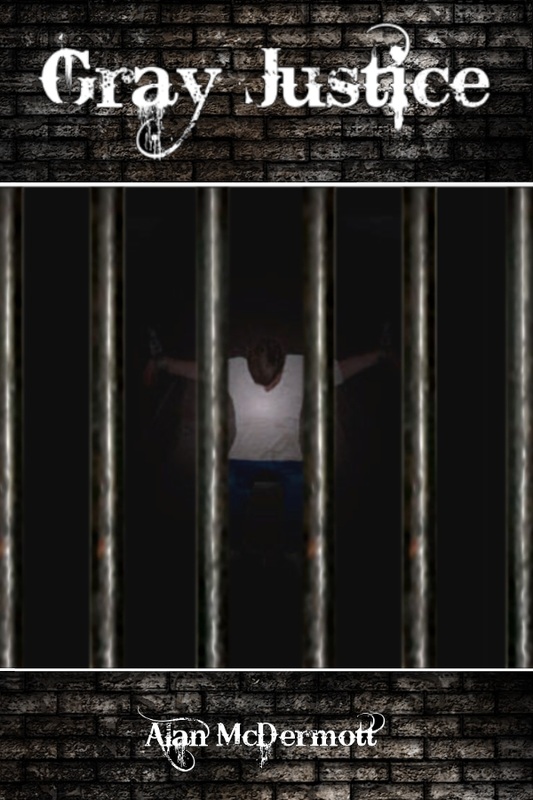
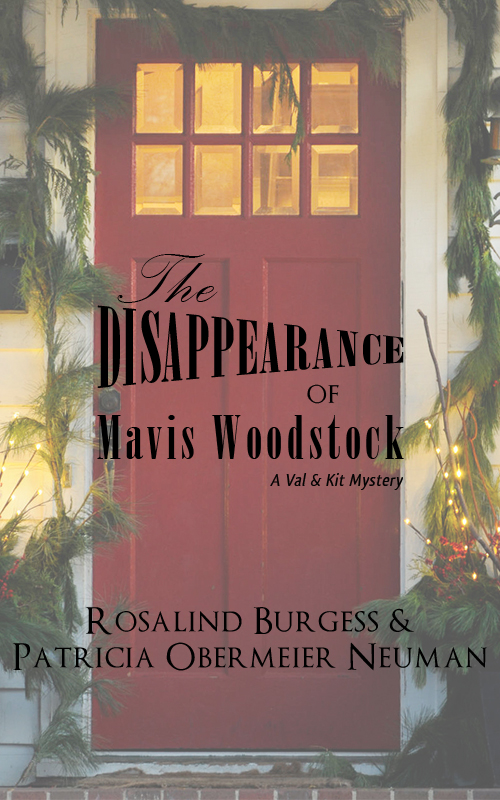
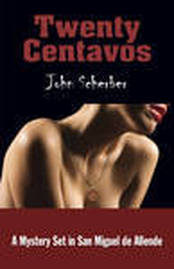
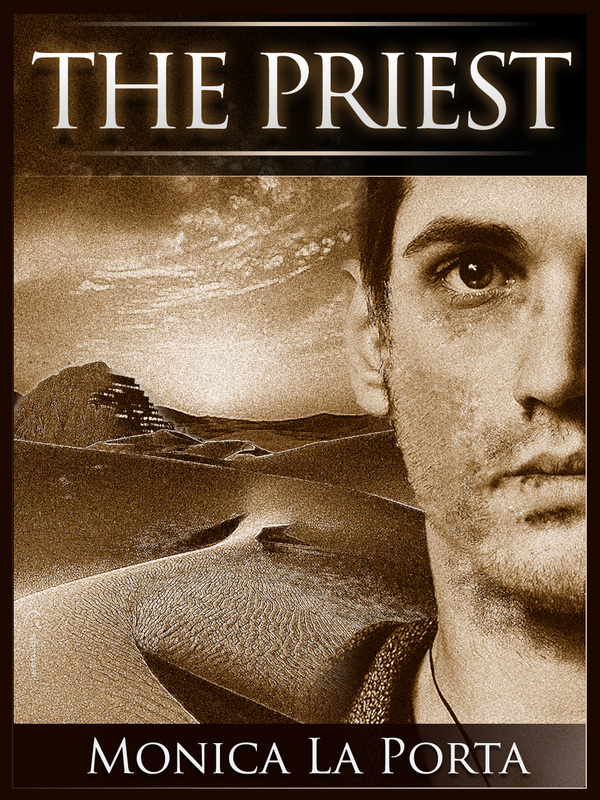




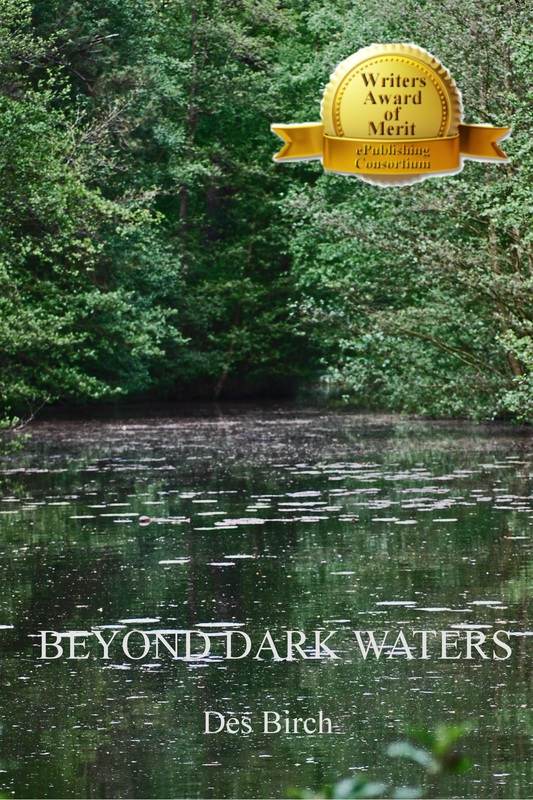
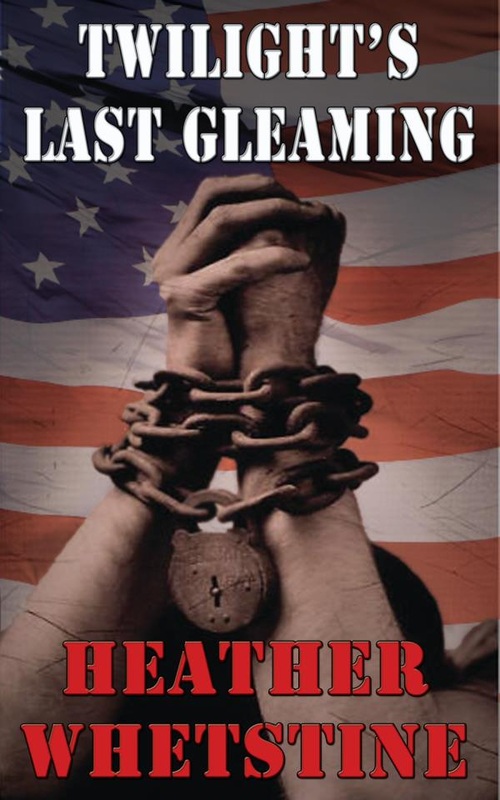
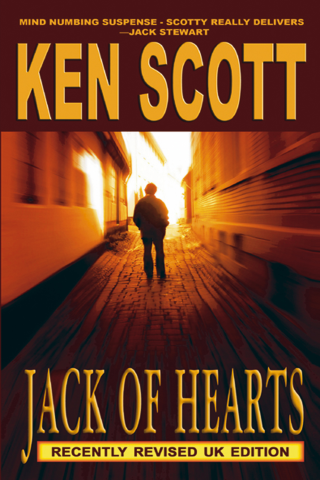
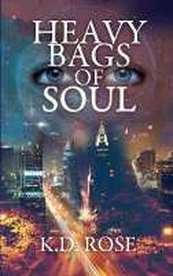
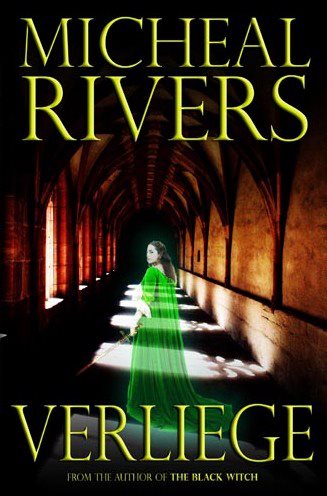
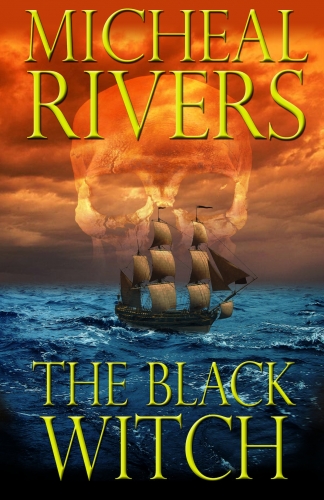
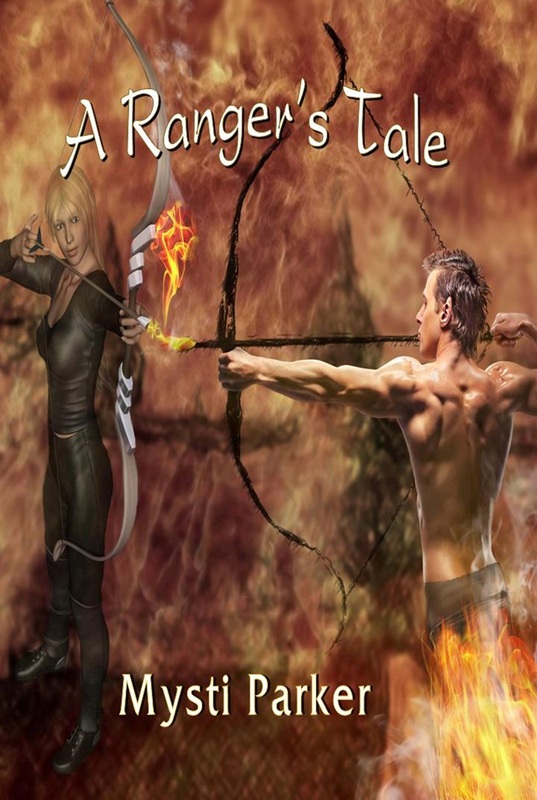
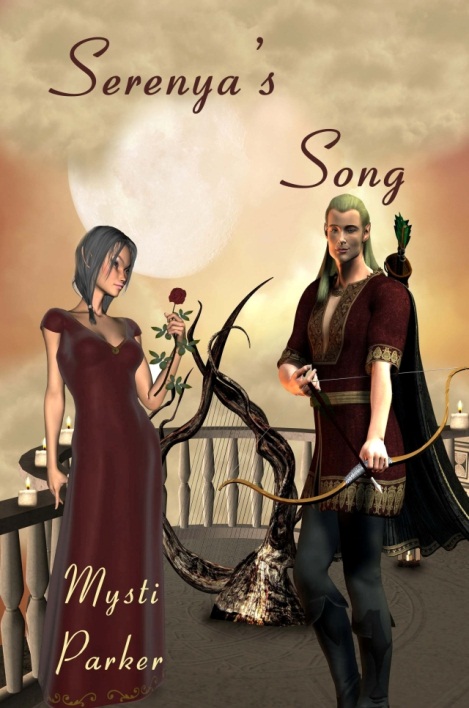

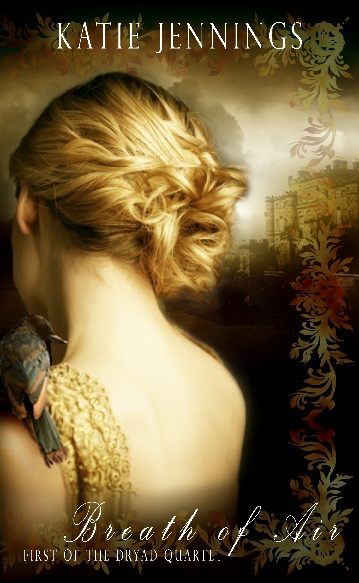


 RSS Feed
RSS Feed